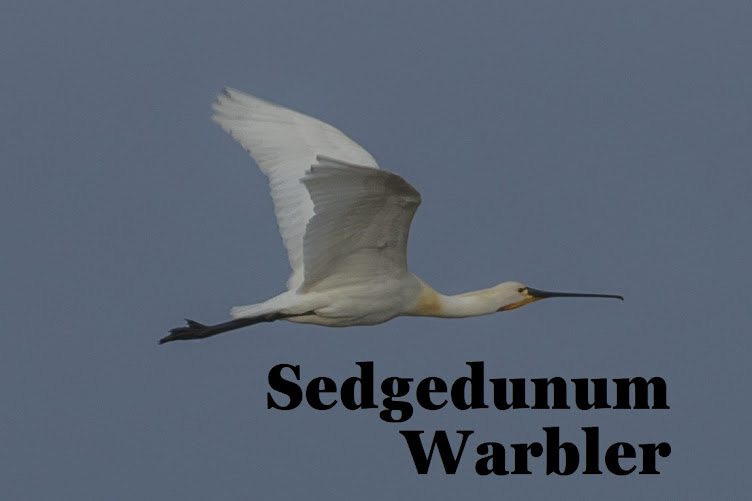It was grey, overcast and raining that day so i had the hide to myself (light not good enough for the usual photographers) and quite often the type of days i call into Gosforth Park knowing i'll almost be guaranteed a seat. That's my excuses for average images out the way.
As i mentioned the two birds appeared quickly one after the other in the reeds to the right hand side of the Pearce hide and held station for 5 - 8 minutes (you loose track of time somewhat in some situations) The bird on the left ( Leftie) was moving its head around quite a bit but the bird on the right (Rightie) always remained crouched while they were close together. Eventually Leftie lifted and flew to the area of reeds immediately to their right but disappeared from sight.I hadn't noticed at the time but when i saw close ups of Rightie just after Leftie had lifted i noticed that its head/neck feathers were raised ! After a couple of minutes having moved from the crouched position Rightie flew into the same area of reeds but not as far as Leftie. Initially Rightie was out of sight but eventually i could see the back of its head and it must have been perched quite high in those reeds on the opposite side to me. I didn't have Rightie in view all the time and at one time Leftie appeared about half way back in the base of the same reed bed area moving slowly at water level as if hunting. I was unable to get any images and eventually Leftie emerged on the right hand corner of that patch of reeds and walked/ swam back to the area i had seen them originally. Leftie disappeared straight into the reeds and out of sight. Due to the movement of the phragmites i kept losing view of Rightie but the bird was always in the same place all this time and for another twenty minutes or so later before i finally lost sight of the bird.
James Littlewood at the Natural History Society saw an image of the two birds that i posted on Twitter and asked me to e mail any images i had of the two birds so they could have a closer look possibly to sex the birds. Interesting stuff and when i hear anything i will update on here.
Here are the images with noise and cropping they are not the best but might provide some answers.






























